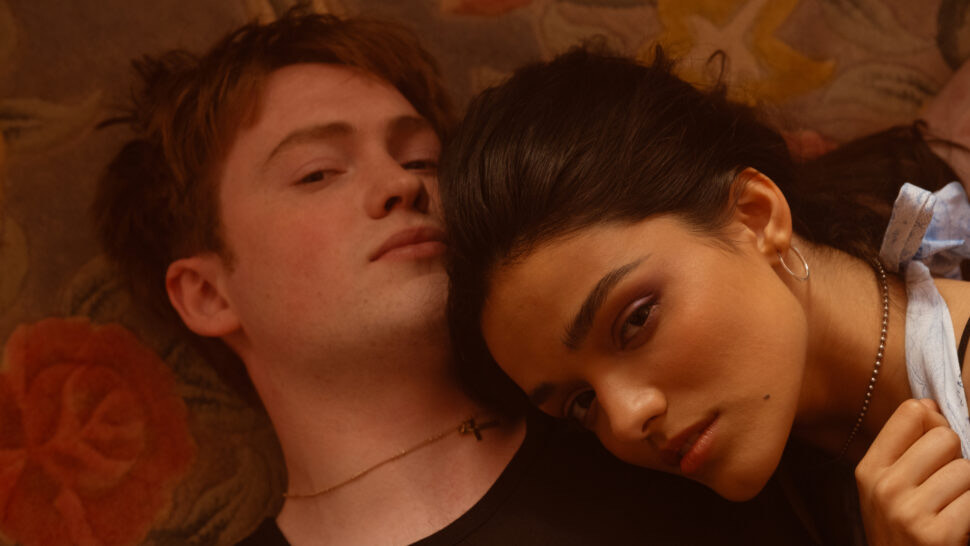A brand-new adaptation of “Romeo and Juliet” has come to Broadway, this time truly centered around the youth of the play’s characters. Make no mistake, the dialogue is still entirely Shakespearean, but every other aspect of the play is covered in a Generation Z inspired sparkle.
Directed by Tony Award-winning Sam Gold, with music by Jack Antonoff and movement by Sonya Tayeh, all the core elements of the play are in talented and capable hands. The new adaptation stars the talented Kit Connor (Romeo) who plays Nick Nelson in Netflix’s “Heartstopper,” and Rachel Zegler (Juliet) who catapulted into the acting industry after she debuted as Maria Vasquez in the Stephen Speilberg remake of Sondheim’s “West Side Story.”
As a frequent Broadway-goer, “Romeo and Juliet” was at the top of my list of anticipated fall openings. I went into this show almost entirely blind (in terms of changes, not the story itself), knowing only that I would see two of my on-screen idols making their Broadway debuts.
Other than the dialogue, this adaptation shed its skin of all things Shakespeare. From the minute I entered the theater, there was a loud, bumping bass playing, which created a club-like atmosphere, with an electronic keyboard as the sole piece of the orchestra. There were already a couple of members of the cast sprawled across the stage, dressed in jeans and oversized t-shirts, often sporting a glittering or reflective fabric. The theater design is strange in and of itself, as it is quite literally a circular stage surrounded by a roughly square-shaped audience. In short, not very late 1500s.
Every element of the show was Gen Z coded, as we like to say, from the manner of dress to the limited props used to the music that played. Each ensemble member played more than one role, oftentimes of opposite genders, which I thought highlighted the inclusivity that Gen Z strives to bring to the world.
Perhaps the most masterful Gen Z touch that was added to the show was the way Shakespeare’s words were performed. The best way I can explain this concept is as if being a teenager was an accent. Every time the word ‘girl’ was uttered, it was dragged out with sass.
There is a lot of humor that is pulled out of the lines in the way that the cast emphasizes and performs the dialogue, making the show far funnier than I ever thought it could be. The juxtaposition of Connor’s intense portrayal of Romeo (which I was obsessed with) with the playful dialogue only adds to this effect. However, while I did enjoy a more comedic take on “Romeo and Juliet,” the dark and sarcastic humor, at times, took away from the seriousness of the plot.
I think the idea that they wanted to emphasize was that the youth of the world act too quickly before considering the consequences of their actions.
I think the commitment to this out-of-pocket adaptation is incredible, even if I didn’t necessarily enjoy every single aspect of the show. I would go so far as to say that this is this generation’s version of Baz Luhrmann’s film adaptation from 1996. Both adaptations have a unique kind of quirkiness that you need to tune into in order to immerse yourself in the story. This is far from the first production of “Romeo and Juliet” that I’ve seen, yet it still felt fresh and new while I was watching.







